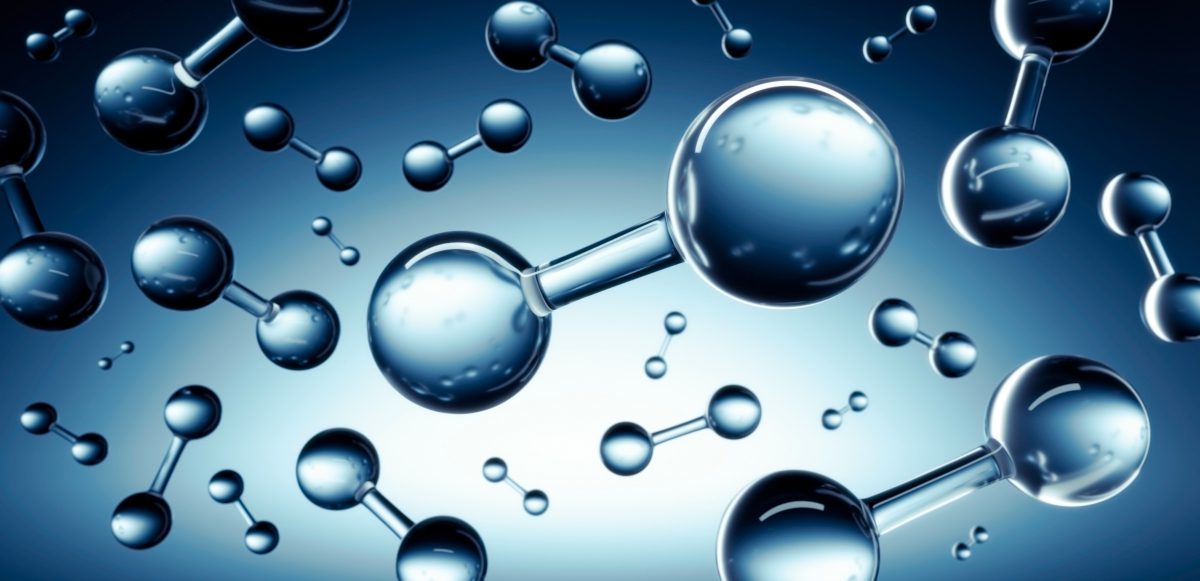
Three key announcements made at COP28 on 6 December will have a significant bearing on the emerging global hydrogen industry, as the Natural Resources Defence Council (NRDC) reported.
These are:
- The International Standards Organization (ISO) launched its technical specification for determining greenhouse gas emissions associated with hydrogen production and transport;
- The UAE COP28 Presidency, together with the US and 3 dozen other countries, released the COP28 Declaration of Intent on Mutual Recognition of Certification Schemes for Renewable and Low-Carbon Hydrogen and Hydrogen Derivatives; and,
- UN high level climate champions launched a joint agreement, endorsed by NRDC, on responsible deployment of renewables-based hydrogen.
These moves will help dictate the state of international cooperation to define whether hydrogen production and transportation guidelines effectively address and mitigate climate and health risks.
Pete Budden, Global Hydrogen Lead at NRDC (Natural Resources Defense Council), commented:
“Hydrogen could help decarbonize some sectors of the economy that are the most difficult to electrify. As the international hydrogen market takes off, rigorous climate standards are needed.
“The ISO proposal lacks any threshold to determine whether hydrogen is actually clean. It’s essential to define hydrogen’s greenhouse gas intensity with accuracy. That means accounting for the emissions its production drives on the electricity grid, as well as methane emissions and leakage linked to blue hydrogen production and transport. The top tier of clean hydrogen in the new U.S. climate law – the Inflation Reduction Act – is one good marker for setting ambitious standards, so long as it is supported by a rigorous methodology that is yet to be released.
“Given concerns about the indirect climate impacts of hydrogen leakage, and the pace of growth of the industry, strong standards are the key to scaling hydrogen in a way that’s aligned with climate targets.”






